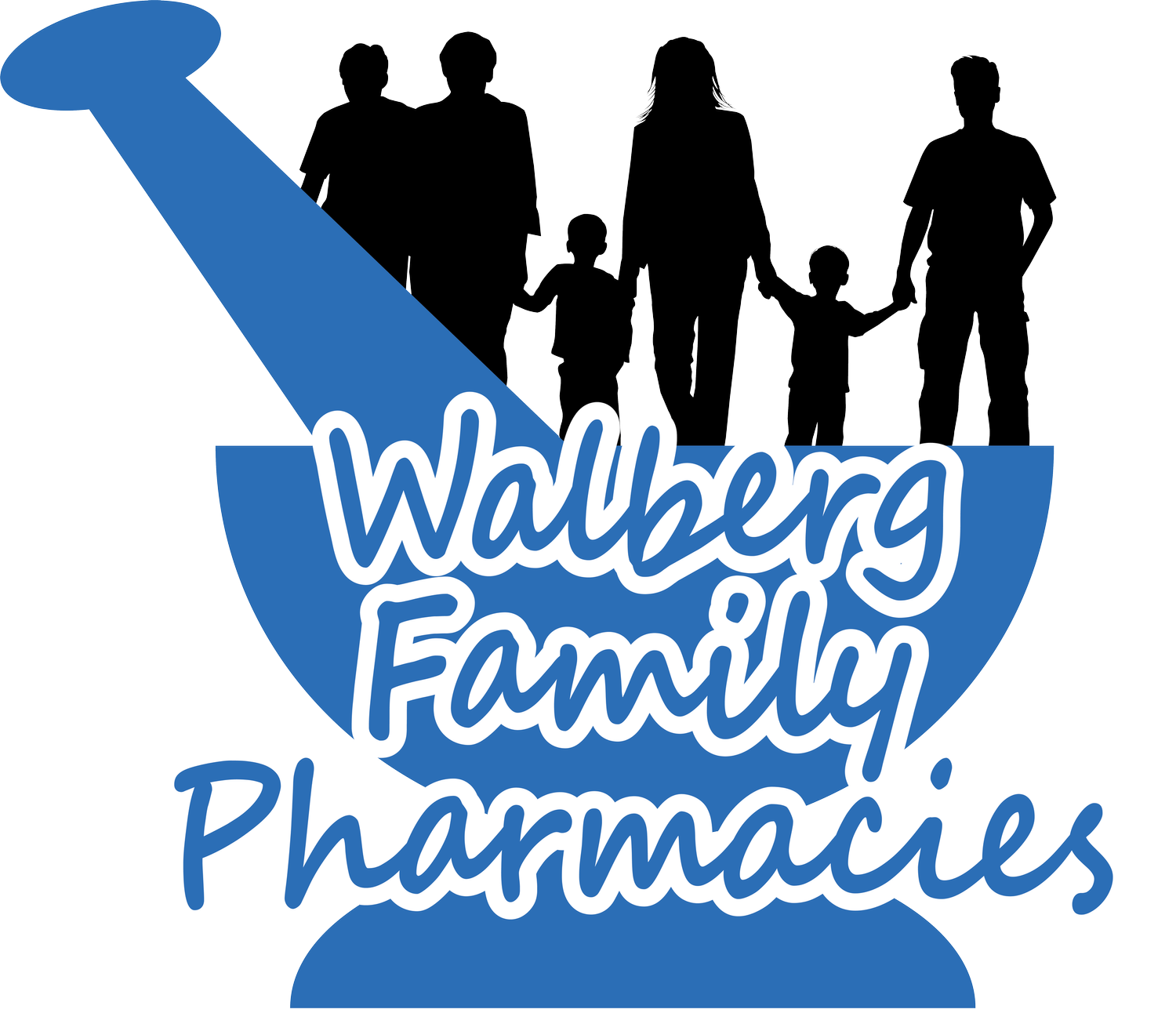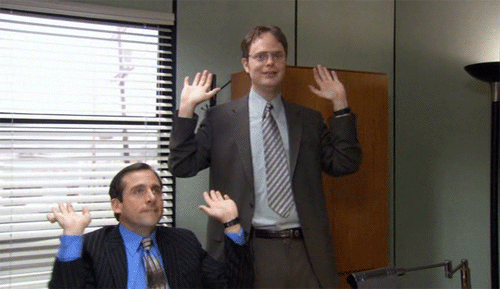Insulin Belongs To The World
“Insulin does not belong to me; it belongs to the world.”
These famous words were spoken by Canadian surgeon, Sir Frederick Banting. Sir Banting, Canadian biochemist James Collip, and American Canadian medical scientist and physiologist Charles Best were awarded patents from the United States for insulin and its production method on January 23, 1923. Each of them sold their patents to the University of Toronto for $1, which is equivalent to $17.67 today.
January 23, 2023, is the 100th anniversary of this historic day, when three men chose the health of people over profit.
The timeline surrounding this day was filled with tension…. excitement…. drama.
On November 7, 1920, Frederick Banting met with University of Toronto professor James Macleod. Together they started to formulate a plan to assess a hypothesis on how to extract insulin from a pancreas without the organ being devasted.
Macleod recruited a research student named Charles Best and locked down labs from where they would perform their experiments. May 17, 1921, was the day Banting, Macleod, and Best began their trials on dogs, using their extract.
After 70 days of using their extract to treat a dog with diabetes, the gentlemen saw continuous drops in the dog’s blood sugar levels: declaring their first experiments successful on November 10, 1921.
Expressing a desire to purify their concoction to make it safe to use on humans, on December 12,1921 the team hired biochemist James Collip.
The American Physiological Society held a conference at Yale University on December 30th. Macleod was chair of the session; so, he, Banting, and Best brought the results of their experiments on the dogs to present to the Society. Banting was nervous and did not present the paper in a remarkably successful manner. This caused the audience to be critical of the team’s findings. Macleod tried to save Banting from the harsh crowd by joining him in the presentation. This is where tensions started to rise within their small group. Banting fully believed Macleod inserted himself because he wanted to take the credit away from Best and Banting.
On January 11, 1922, the team injected a dose of the purified insulin into their first human patient – 14-year-old Leonard Thompson, who was dying of Type 1 diabetes. Thompson’s blood sugar levels dropped, but he continued to have prominent levels of ketones and an abscess grew at his injection site.
Collip went back to the drawing board in efforts to make the extract even more pure. Banting tried to team himself and Best against Collip and purify the extract first. Collip, after making his breakthrough, went to visit Banting and Best. He told them he discovered a method to produce a pure extract, but he would only share his discovery with Macleod. Luckily, an agreement was made, and they continued to all work together. On January 23, 1922, Thompson was given his second injection. This time he did not display side effects and his blood sugar levels almost hit the normal range.
Interestingly enough, the word ‘insulin’ was not used until May 3, 1922. At an Association of American Physicians meeting in Washington, Macleod presented a paper, and the team used the word for the first time.
This brings us to January 23, 1923, when Banting, Collip, and Best were presented with US patents and sold those patents at an extremely low rate. Banting would not even put his name on the patent, because he believed ‘it is unethical for a doctor to profit from a discovery that would save lives.’
On October 15, 1923, insulin started to be mass-produced, with Eli Lilly being its first large manufacturer.
Then on October 25, 1923, Banting and Macleod were awarded the 1923 Nobel Prize in Physiology or Medicine. Banting became terribly angry that he had to share the prize with only Macleod and promptly said he would split his winnings with Best. Macleod then said he would share his winnings with Collip. You can read Banting’s Nobel Prize speech here.
While we may not have made a major medical discovery like these gentlemen, our pharmacy is proud to help patients and customers with affordable diabetic supplies.
Meet with one of our pharmacists today. Let us discuss how we can best serve your family.
Sources :
100 Years of Insulin - Diabetes UK
Frederick Banting, Charles Best, James Collip, and John Macleod - Science History Institute





